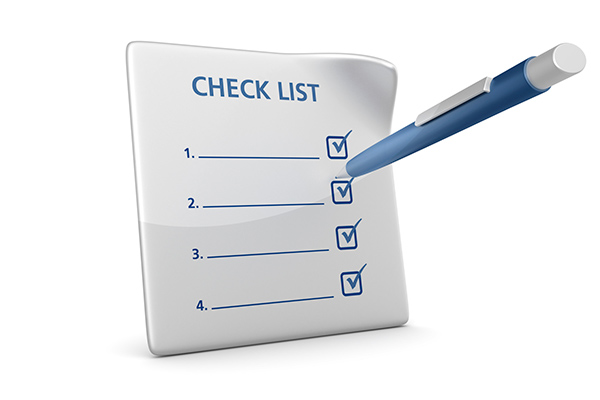Your checklist before you leave for Australia

Counted among the best study-abroad destinations in the world, Australia offers an outstanding experience to overseas students who wish to move over to the country for higher studies. After you've obtained an offer letter from your choice of university or college to pursue an undergraduate or a postgraduate course and a student visa, you need to gear up with your preparations to travel abroad. So as to not miss out on anything major which might be required in Australia, students should pre-plan their journey and make a list of all the things they might require over there.
Check: Checklist for Indian Students Going Abroad
Some of the important things that you need to make sure of before leaving your country are:
Packing: Most airlines have a checked baggage restriction of about 20kg (about 44lb). So you should decide carefully what to pack. It is nice to pack some mementoes that will give you comfort while you feel homesick. You should pack your clothes depending on what part of the country you will be living in and what time of year you are arriving. If you are arriving during the Australian summer which is when most international students arrive, you will be comfortable with jeans, t-shirts and light jackets. In case you arrive around July, you should pack some warm clothes, long-sleeves to cope with the winter weather
Insurance: You can take precautions and prepare for the unexpected even if chances are pretty good that your trip will go smoothly and you won't encounter any problems. Cancelled flights, lost luggage, and wallets are causes of a headache during travelling overseas; therefore, it is advised that you take out travel insurance before you leave. This will at least cover the unexpected cost. Student visa holders must have Overseas Student Health Cover (OSHC) for the duration of their stay. This will help you pay for any visits to the doctor just in case while in Australia. So those wishing to study in Australia should apply for Overseas Student Health Cover (OSHC) and make sure that the coverage for their stay period is maintained. But keep in mind that ISHC won't cover a student's loss of baggage, valuables, delay in flights, etc. Travel insurance is therefore recommended.
Money: You are advised to bring sufficient Australian currency in cash for your first few days. But DO NOT carry large amounts of cash on you. You can get easy access to about AU$1500-3,000 in travellers' cheques (in your name) so that you can start establishing yourself and setting up your new home quickly.
(Note: If you are carrying more than AU$10,000, or equivalent currency, you must affirm it to Customs officials when you enter Australia.)
Short-term accommodation: It is best if you can arrange a permanent place to live before you arrive in Australia else, you can wait until you arrive to get an idea of distances between your campus and surrounding suburbs or to inspect private rental accommodation.
Download this guide to read it offline
Double-check the following before you leave:
- Apply for a student visa
- Passport
- Get medical, optical and dental checkups and immunizations (if necessary)
- Book your flight to arrive in time for enrolment and orientation (at least 2 weeks before classes start)
- Organize airport pick-up and get confirmation of your booking
- Organize short-term accommodation for when you first arrive
- Lodge an application for on-campus accommodation or Homestay (if required)
- Buy some local currency
- Investigate the cost of living and make a budget
- Attend a pre-departure briefing (if one is available in your home country)
- Put together an important documents file
- Get an international driver's license or a translation of your license
- Organize your belongings and start packing
- Familiarize yourself with the local customs and quarantine information
- Complete the pre-enrolment requirements
- Postgraduate research students make an appointment with your supervisor
Read More: 4 things to expect during the first week at a foreign University
Pick your stage and get free guidance from counsellors who've helped thousands get into top universities.
 Starting research
Starting research Shortlisting colleges
Shortlisting colleges Exam preparation
Exam preparation SOP/LOR writing
SOP/LOR writing Scholarship & finance
Scholarship & finance Visa application
Visa application

